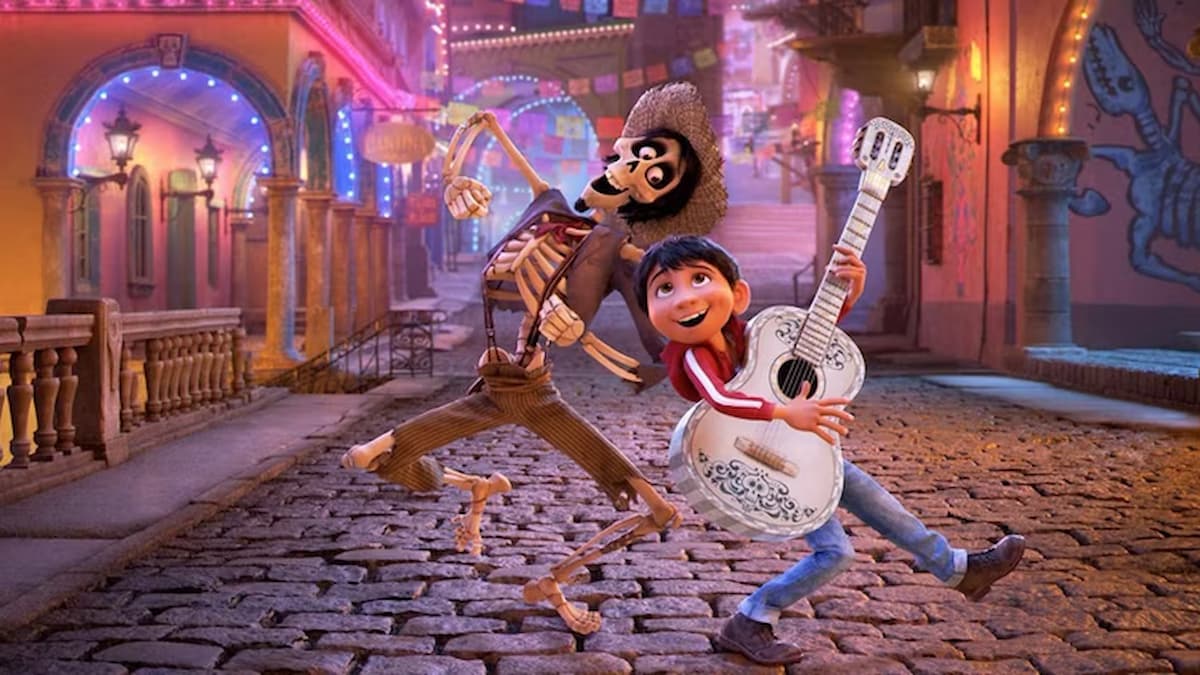As Pixar’s journey into Mexican culture, Coco has been doing very well, enjoying critical and box office success. But, the story of young Miguel and his adventures in the Land Of The Dead was not always as it’s now depicted on screen. In fact, Coco began life as a very different kind of story and was re-written when co-director and writer Lee Unkrich recognized a fundamental culture clash causing problems in the narrative.
Speaking to Cinema Blend ahead of the film’s February 27th Blu-ray release (pre-order here), Unkrich explained the process of developing the plot.
“The first story that we developed for about 8 months or so, there was still a boy as the main character, but he was an American boy and he had a father who was American. His mother had been from Mexico but she had passed away right before the story started and it was a story about the father taking the boy down to Mexico to meet his Mexican family for the first time on Dia de Los Muertos.
A series of strange events happened and the boy ended up going to the land of the dead. But ultimately that story, there was no Ernesto de la Cruz or any of that, it was a journey film that ultimately was about this kid coming to grips with his mother being gone and saying goodbye to her and letting go of her.”

Apart from having that story centre on an American boy with Mexican heritage – as opposed to a boy who’s actually from Mexico – the original premise highlighted the juxtaposition in cultural attitudes toward the deceased and ancestors.
“I realized at a certain point that the more that we were learning about Day of the Dead and what it’s all about, I realized that we were telling a story that was completely antithetical, thematically, to what Dia de Los Muertos is all about. Because Dia de Los Muertos is about never letting go. It’s about the importance of, remember your ancestors, and keeping their memories alive and we were telling a story that was from a very American, western, perspective about letting go and grieving. So at that point, I realized we needed to start over.”

It is, shall we say, notable for a big budget Hollywood production – let alone a Pixar production – to be specifically altered in such as a way as to switch the perspective from an American to a non-American, for the purpose of exploring an alternative cultural attitude. In doing so, however, Coco joins the ranks of the recent crop of Hollywood movies proving the idea that stories centred on characters that are not white men (such as Star Wars: The Last Jedi, Hidden Figures, Girls Trip, Wonder Woman, Get Out and Black Panther) are just as lucrative – if not more so – than the stories Hollywood usually tells. The fact that, in the case of Coco, the story is borne of the realization of cultural difference, makes it all the more interesting.
The act of shifting the point of view from an outside look at Mexican culture to the story of a Mexican boy learning about his own culture is surely a significant factor in the ongoing success of Coco and allows the film to stand out as an example to future Hollywood projects. The bottom line, as proven by the movie, is that it’s far better to have a range of perspectives than to remain entrenched in just one.










Published: Feb 16, 2018 11:31 am